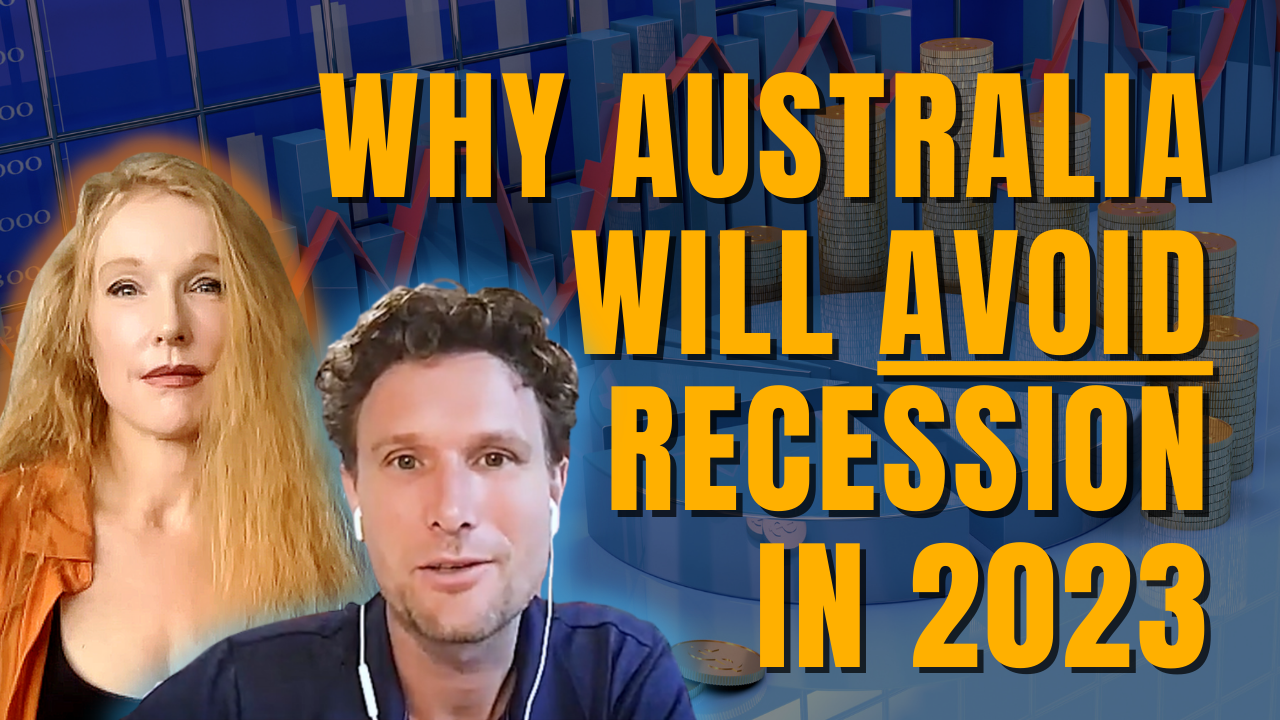Finance is a mirror to society, a medium through which all human activity that makes up a complex economy can be measured. The prices of goods and services, from restaurant meals to new clothes, tell us something about the supply and demand for those items.
If a particular toy becomes the must-have children’s gift for Christmas, store shelves might be stripped bare and the item unavailable at any price. If a certain fashion item flops, retailers might slash prices to move the merchandise out of inventory, with the style never to be seen again. The price of gasoline is more than a simple reflection of supply and demand; it’s like a thermometer, telling us if a patient — in this case, the global economy — is healthy or has a fever or is freezing to death.
And there’s more to finance than prices for goods and services
Capital markets involve asset values for stocks, bonds and foreign exchange. These prices reflect more than supply and demand. They involve forecasts about earnings potential, market conditions, technology disruption, and competition.
Of course, capital market prices are not confined to securities, commodities and foreign exchange. They are bent and shaped to cover derivatives of key instruments, including options, futures, forwards, swaps, and derivatives of derivatives such as options on swaps, so-called swaptions, and options on futures.
Then there is the ultimate price: Interest rates. Interest rates are used to calculate the amount of money paid to borrow money. In that sense, rates are the price of money. Since money is the medium by which everything else is priced, rates are the derivative of the price of everything; the price of prices.
A distorted mirror
None of this is to say the prices are rational or that markets are efficient. They’re not. Prices can be bid up in bubbles or knocked down in panics, both irrational in their way, but impossible to stop until the fever finally breaks and cooler heads prevail. At that point, great losses are incurred by the late buyers in the bubble and great bargains are found by the first buyers in the wreckage of a panic. Some semblance of rationality does return — until the next time.
Market efficiency is an even greater myth than market rationality. The idea that markets quickly incorporate all available information, and prices then move smoothly from one level to another faster than investors can react, is nonsense.
In fact, markets are highly inefficient. Stock markets did not see the dotcom crash coming in 2000, nor the mortgage meltdown in 2008, nor the pandemic panic in 2020. Some analysts did, but that proves the point — you can beat the market if you have the right predictive analytic tools and the ability to escape consensus thinking.
Still, prices are valuable sources of information. Simply because prices don’t move efficiently does not mean that prices are not an information-rich channel. They are. In terms explained by Canadian Philosopher Marshall McLuhan, prices are not mere data points — they exist in a broader environment.
Prices are the result, not the cause
As market observers, prices surround us the way water surrounds a fish. A fish is barely aware of its watery environment until it is removed from the water — then it dies. An investor may be barely aware of a certain price environment — interest rates, stock trends, dollar strength — until the environment radically changes due to a bubble, crash or panic. Then the investor suffers enormous losses; her portfolio starts to die like a fish out of water. Fortunately, the Fed comes by to refill the fishbowl and make sure investor portfolios return to good health.
McLuhan’s advice was to understand the environment. This begins with the realisation that there is an environment. There is an immersive reality that surrounds and conditions every move you make in the markets. From there you can begin to study the environment itself rather than its individual contents. This enables you to see what’s coming, react in time, and profit from your predictive ability. You begin to profit from the environment rather than be pushed around by it.
Viewed this way, prices are not the environment — they are measurable matter or what McLuhan called content. The environment is composed mainly of forces we cannot see, at least not easily. Consideration of price data is the beginning of the analysis, not the end. Interest rates are the most important prices in the environment. Interest rates link directly or indirectly to all other prices, including stock prices, bond prices, commodity prices and foreign exchange rates.
Over a series of articles in the DR, I will explore the content in the environment (rates, unemployment, central bank targets, etc) and then look at the inclusive environment itself (demographics, inflation and deflation) that determines the content. This is the kind of comprehensive deep dive you will not find in standard Wall Street research or on talking-head business TV.
Stay tuned.
All the best,
 |
Jim Rickards,
Strategist, The Daily Reckoning Australia

